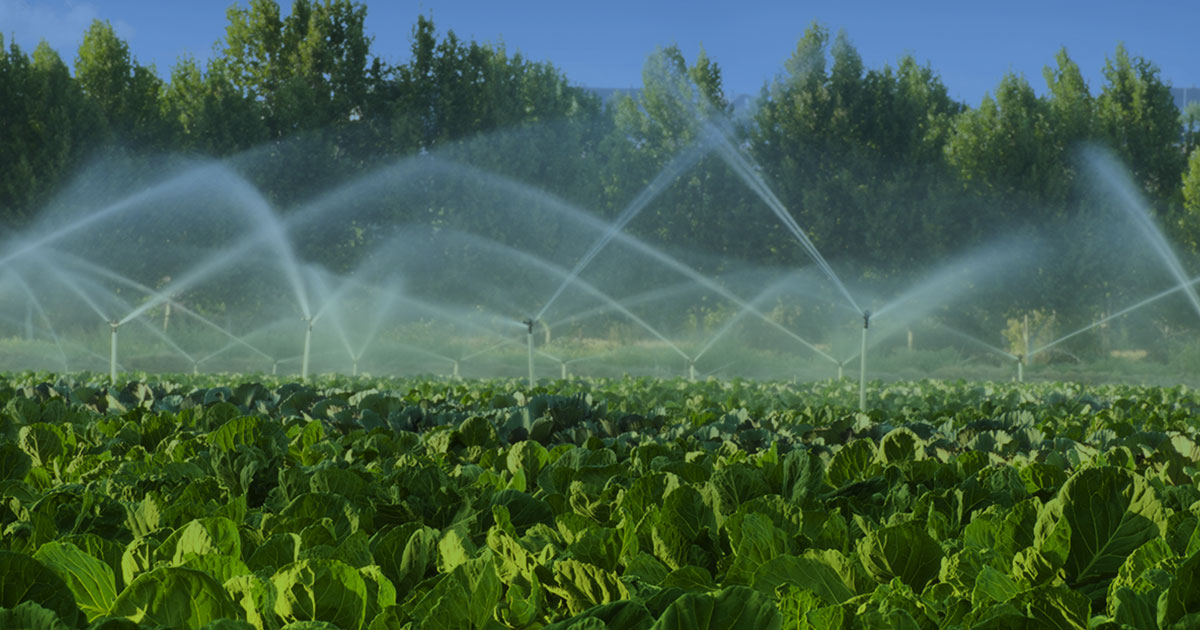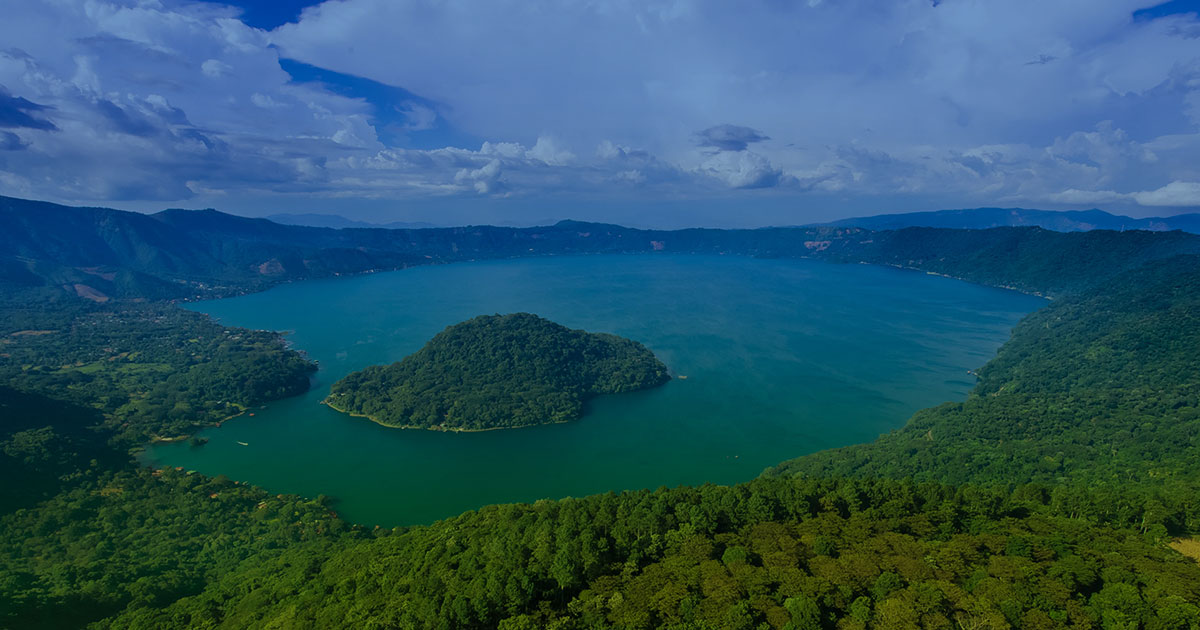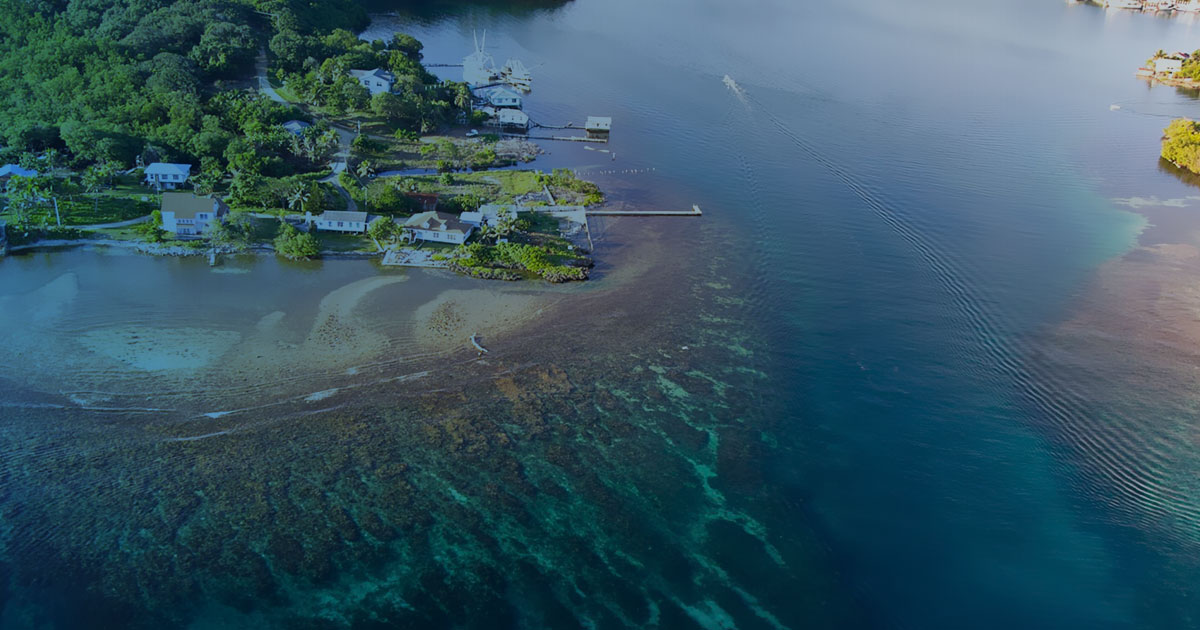On January 21, 2019, the Bill to solve the contamination of plastic waste entered the Economic Affairs Commission, which would once again make Costa Rica one of the pioneering countries in the fight against pollution and the conservation of the natural resources. This bill proposes very ambitious regulations that would prohibit public purchases of single-use plastics, prevent the production and import of certain types of polymers, and create a tax on plastic products.
At the time of its presentation, the project had the endorsement of 20 deputies from various political parties. This is not hard to imagine, as there are plenty of reasons to justify efforts to reduce plastic waste, for example:
- Plastic waste usually takes a long time to decompose naturally, it is estimated that an average plastic item would take around 1,000 years to decompose.
- There has been an exponential growth in the production of plastic worldwide, in 1950 around 1.5 million tons of plastic were produced, while by 2014 a production of up to 311 million tons was reported.
- Disposable plastic products make up around 70% of all litter found on beaches.
- It is estimated that for every square kilometer of sea, there are 13,000 pieces of plastic. Such a concentration can cause even humans to be consuming plastic without even knowing it.
- According to a UNDP report, in 2017 at least 600 million plastic bottles were produced in Costa Rica, of which almost 90% were not collected and therefore would end up in watersheds, coasts and marine environments.
- The natural decomposition process of plastic generates two of the main greenhouse gases: methane gas and carbon dioxide.
Despite the controversial measures included in the bill, it has the virtue that it is not only concerned with imposing difficult duties on the private sector, but also divides the responsibilities of reducing pollution among all the people who cause it, which It agrees with the principles of “ Shared Responsibility ” and “ Polluter Pays ”, which are already universally accepted in environmental matters.
If approved by the Legislative Assembly, the bill would impose the following:
- Prohibition of single-use Expanded Polystyrene (stereophone).
Article 4 of the Project proposes the prohibition of the distribution, commercialization, production and importation of single-use stereophonic products. This prohibition would not apply when it is scientifically proven that there are no alternative products in relation to the preservation and protection capacity of food or other products.
This type of prohibition is not new worldwide, since 1987 it has been limiting Expanded Polystyrene foam containers in certain states of the United States and there are currently more than 100 locations in that country that have some type of restriction on its use. Similar examples are also found in China, Taiwan, Canada and India.
For this reason, although the ban may have immediate effects that destabilize the economy of certain sectors, there are already enough products on the market that serve as an alternative to this material whose global warming potential is between 1,000 and 1,200 times higher than the emissions of carbon dioxide. Carbon.
- Prohibition on Public Administration Purchases.
Article 5 of the Project would prohibit State institutions from buying single-use plastic products. This is an initiative that different administrations have already been taking individually, so this situation has already proven to be a real possibility in Costa Rica.
However, this prohibition is not absolute, as exceptions can be made for safety and health reasons for certain medical and pharmaceutical products such as: syringes, masks, IV bags, mouthpieces, nebulizers, etc.
- Prohibition of Microbeads or Microplastics:
Without exception, article 6 of the Project prohibits the importation, distribution and production of articles containing microbeads or microplastics.
Microbeads are solid plastic particles that are less than a millimeter in size, they are mainly made of polyethylene, although they can also be derived from pretrochemical products. Microbeads or microplastics are mainly used in human personal care products such as exfoliating creams and toothpastes.
The Project opts in this case for the most severe prohibition, since this is absolute. This is so because they are products that are harmful to health and the environment, with the aggravating circumstance that they are invisible and consumed directly by humans. Additionally, brands such as L’Oreal, Johnson & Johnson and Crest have developed multiple biodegradable alternatives with no negative environmental impact.
- Recycling goal 2030:
Like the European Union, the Project proposes that by 2030 all single-use plastic containers that are imported, produced or marketed in the country are recyclable.
This shared goal depends largely on the action of the European Union or other major players in the international market. Only if large markets begin to develop and demand these types of products, will there be the necessary supply of single-recyclable plastic products sufficient to supply the demand of the entire country.
- Plastic Tax:
Chapter II of the Project proposes the creation of a Tax on Plastic, which falls on the import, sale or free delivery of plastic products.
Although the tax would fall on importers, producers or sellers of plastic products, this cost will be included in the sale price to the consumer, and with it a reduction in the consumption of such products is expected.
Taking into consideration the aforementioned “Polluter Pays” principle, the proposed tax would be more severe with those types of plastic that pollute the most, or those that are not as necessary, because they have viable substitutes in the market. Thus, the tax would be calculated as follows:
| Kind of product |
Tax. |
| Plastic inputs (except styrene polymers that serve as raw material for the stereophone) |
10% on the customs or retail value. |
| Reusable plastic products. |
15% on the value of customs or sale to the public. |
| Single-use plastic products. |
25% on the value of customs or sale to the public. |
| Styrene polymers |
25% on the customs value. |
The time of payment of the tax would be at the time prior to clearance in the case of imports. In the case of national sales, a scheme similar to that of the Sales Tax is established, where all sales made in the previous month must be declared and paid within the first 15 days of each month.
As we have seen, this tax seeks to make products more expensive so that their consumption is reduced, for this reason those items whose consumption is not optional such as finished products and raw materials for the manufacture of biomedical, veterinary products are exempted from payment. and pharmacists.
To encourage the recovery of materials, article 17 of the Project establishes that any taxpayer who demonstrates that he/she made expenses in the recovery, treatment or recycling of plastic products, may deduct said sums from the payment of the plastic tax.
- Mandatory labeling :
Similar to cigarette boxes, the bill would mandate that all products packaged in single-use plastic materials must be printed with picture messages describing the environmental effects of the plastic.
These types of messages have a clear discrediting effect on the product, and have as an immediate precedent the dissuasive propaganda that tobacco packs have been carrying for years. In the case of the latter, there was a whole discussion about the right to the image of cigarette brands and the limitation that the imposition on the design of their products supposed. Until now, the general response to this dilemma has been that public health and the right to information of consumers should prevail over the particular rights of companies.
- Blue Fund and Payment of Environmental Collection Services :
The Project proposes the creation of the so-called Blue Fund, whose goal is to finance projects that reduce the production of single-use plastic and the reprocessing of used plastic. In practice, the Blue Fund will be administered by the Directorate for Environmental Quality Management (DIGECA) and will obtain its resources from part of the proceeds from the plastic tax and from donations.
It is proposed that, from the second year of operation of the fund, it allocates 50% of its resources for the payment of monetary compensation that would be received by the people and organizations that are dedicated to the collection of plastic waste in marine-coastal and riverside areas. . With this, it is sought that the business of collecting revalued material is more profitable and more people join this activity.
This compensation scheme is the flip side of the polluter pays principle: whoever conserves benefits. It is then a payment for environmental services, similar to those that FONAFIFO pays for carbon capture and removal services, to people who conserve forests or manage forest plantations.
- Exemption from other taxes :
Article 37 of the Project establishes an exemption from the import tax on machinery and equipment necessary to recycle, recover and transform plastic materials.
On the other hand, article 38 proposes that products certified as compostable may request a refund of 8% of the General Sales Tax.
As we can see, this is a bill that would bring many changes both to the production of plastic and to the consumption habits of the entire country, and its implementation would be a global advance in the fight against plastic pollution. However, the fulfillment of such ambitious goals depends a lot on factors in international supply and demand, as well as future regulatory developments.









